Pigmentation During Pregnancy – The Unbidden Changes!
Your body changes drastically throughout the course of pregnancy. Besides the increasing bump and weight, melasma is another easy to spot change in your body.
On Mar 25, 2023 – 11 minutes read

The dark, blotchy patches of skin on your body are one of the most unwanted and unbidden changes that come alongside pregnancy. About 50 to 75 percent of expectant mothers scrunch in disapproval with at the sight of this particular change called pigmentation — no, you are not alone. Any expecting mother will experience some form of skin darkening during their pregnancy. It seems among other apparent physical changes, pigmentation during pregnancy is inevitable.
Pigmentation During Pregnancy – Skin Changes During Pregnancy!
The darkening of your skin, a condition that causes patches of skin to take on a darker color than the rest of your skin is called hyperpigmentation(1). It is a broad term referring to the skin darkening condition when certain areas of your skin become more pigmented than the skin surrounding it. Another term related to skin condition you must have come across during pregnancy is melasma. Although people assume that hyperpigmentation and melasma are basically the same, they are two distinct, different skin conditions. Yes, both increase or cause uneven pigmentation of the skin, but the visible symptoms and causes are different. How is melasma different from hyperpigmentation?
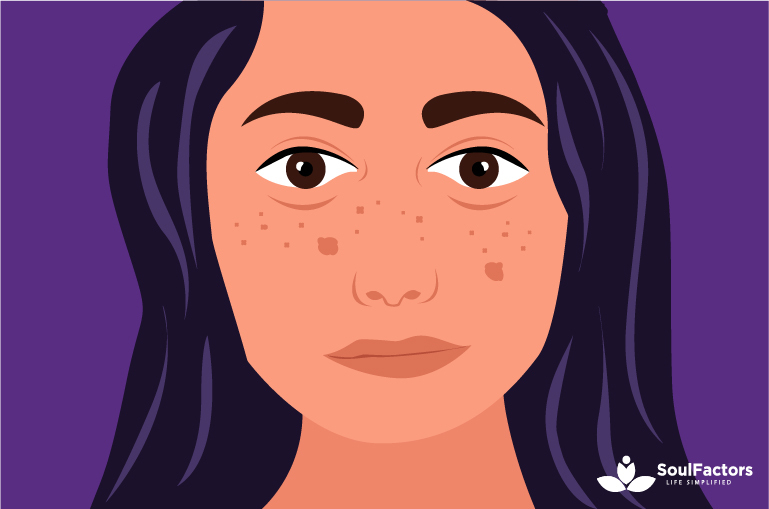
Melasma – The Mask of Pregnancy
Melasma or chloasma is one type of skin condition or a form of hyperpigmentation that causes in women and is prevalent on the face. When hyperpigmentation occurs as a result of sun damage, acne scarring, and inflammation, melasma occurs for various other reasons, pregnancy in particular. When an increased pigmentation occurs during pregnancy, it is called melasma. It may occur in specific areas of the body such as the midline of your bump known as ‘linea nigra’ or on the face. The darkening of the skin during pregnancy may affect skin spots such as freckles, moles, and scars, the external genitalia, the nipples and area around the nipple, or areas of increased friction such as the inner thighs and armpits.
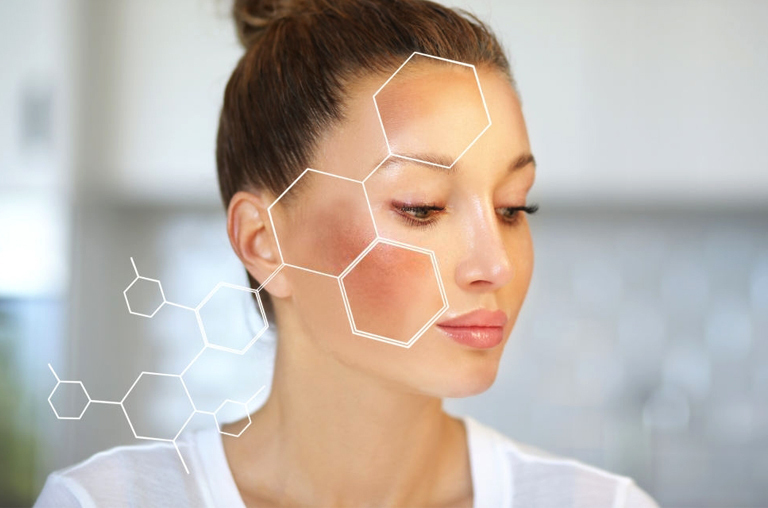
Although it can affect your neck, arms, and elsewhere, melasma tends to affect the face more. They are the brown, reddish, and purple blotches and patches on your upper lip, nose, cheeks, and forehead known as the most visible symptoms of pregnancy and they are widely common. While hyperpigmentation is caused by the damage of UV rays, scientists cannot fully understand the causes of melasma — which is also known as the mask of pregnancy — besides the obvious causes such as hormones, pregnancy, and genetics. It doesn’t usually appear overnight. You will gradually notice the changes as your pregnancy progresses. Just to be safe, always check in with your doctor about any skin changes.
What are the Causes of Pigmentation During Pregnancy?
Your circulation and your immune system can affect your skin’s appearance. But, there is no one particular cause for melasma as the exact cause is still unknown. But it is thought to occur due to these causes:
- Increased levels of hormones produced in pregnancy. Hormones are always the culprit for almost every uninvited problem you face during pregnancy. Just as progesterone causes bloating and estrogen cause hair growth, hormones are the likely cause of pigmentation during pregnancy(2). A few argue that melanocyte-stimulating hormones are the real cause as they get activated due to hormones. Melanocytes are cells in the skin that produce pigment and give darker skin. While others think it is due to a steep rise in estrogen and progesterone levels that stimulate excess melanin production. Anyhow, they all agree that melasma is triggered by hormonal changes.
- Hereditary reasons. Certain women are more susceptible to melasma than others. Melasma tends to run in families, so if your mother, sister, or aunt had them during pregnancies, you may be more likely to develop them too.
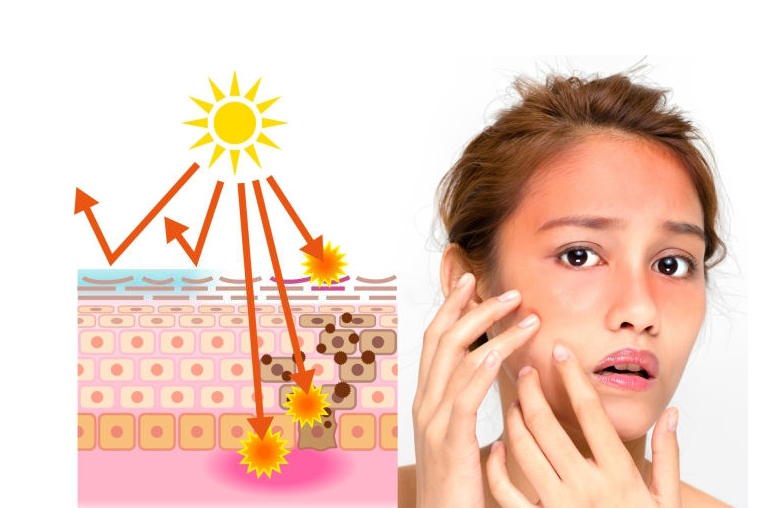
- Sun exposure and damage. In addition to the above two significant causes, melasma can be triggered by UV exposure as well. It can worsen the symptoms with UV exposure. Women with dark complexions are more likely to have more pronounced pigmentation. The solution is to use pregnancy-safe sunscreens. Although melasma occurs regardless of skin types, it is more pronounced among dark-skinned women than fair-skinned ones. For instance, 40% of Southeast Asian women suffer from more degrees of melasma than European women.
The good news is melasma is temporary and usually disappears after the baby is born or after you finish breastfeeding (some cases). If they don’t disappear even after the delivery, you can opt for medical treatments.
Skin Darkening During Pregnancy
Women go through many physical and emotional changes during pregnancy. With so many changes going on inside your body, it is no surprise if changes show on the outside too. Along with stretch marks, sensitive skin, itchy skin, or broken veins, one prominent change is the darkening skin, especially other pigmented areas. If you are dark-skinned, the area around your tummy may darken. Melasma usually occurs around the upper lip, chin, nose, forehead, jawline, and the arms in a symmetrical manner and areas where the skin rubs against each other — underarms and inner thighs — as patches of brown skin like a mask. You do not have to be high on alert for having dark armpits during pregnancy, your neck, and stomach-turning black during pregnancy, because it is all normal.
In most cases, discoloration of the skin due to melasma appears in the first and second trimesters of pregnancy. However, it can start at any time during pregnancy and doesn’t necessarily have to be in the first and second trimesters. If your dark patches start to show other symptoms such as tenderness, itching, or pain, you need to see your dermatologist. How long does pigmentation during pregnancy last? The increased pigmentation of melasma can continue to produce during the pregnancy until your delivery. The darkened areas almost always lighten after the delivery but it may take a few months for some women. For some women, it will not completely fade. Melasma can occur in subsequent pregnancies, too, and it may appear earlier and darker than the previous pregnancy(2).
What’s Linea Nigra?
Another normal pigmentation is linea nigra(3). It is the vertical line that appears down the middle of your bump. It usually runs from the top of your pubic bone to the middle of your bump, but most times it crosses your bump to your sternum (breastbone).

Although it appears over your abdominal muscles, which stretch and open as your baby grows with time, linea nigra is not caused by this gap. On the other hand, it is caused by pigmentation of the skin — due to hormonal changes. But, not everyone gets a linea nigra, so you don’t have to worry if you don’t have one. It tends to appear around the second trimester and the line should fade a few months after your delivery.
How to prevent pigmentation during pregnancy?
Since you are already aware of the primary cause of pigmentation being increased hormones, unfortunately, those hormones are also the most needed hormones that help your baby to develop and grow. Estrogen helps your baby to develop normally, and progesterone for pregnancy helps your uterus to thicken to provide a healthy environment for your baby to grow.
You don’t want to get rid of these hormones. Hence, there is nothing you can do to fully prevent your skin from darkening during pregnancy. While the preventive measures for melasma from happening are limited and relatively less, there are a few things you can do to help stop it from getting worse.
Take your vitamins properly.
You need to make sure that you consume folate and folic acid enough to have a healthy pregnancy. Some experts believe that discoloration during pregnancy is linked to a folic acid deficiency. Ensuring you have enough folate and folic acid in your diet either through prenatal supplements or foods may help prevent melasma.
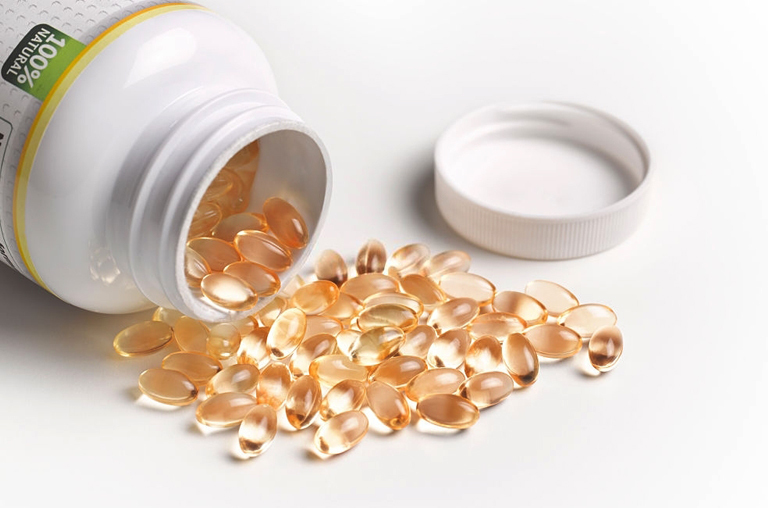
Both of them are important supplements for pregnant women because it not only helps prevent neural tube defects and preeclampsia (high blood pressure during pregnancy) but also reduces baby’s risk of certain heart defects and cleft lip and palate. Although darkening skin is not a problem for your baby’s health, it is a concern for you. So you might as well include green leafy vegetables, oranges, wholewheat cereal, and wholewheat bread.
Drink water and fresh juice.
We all know that drinking plenty of water can control the pigmentation of the skin. So, avoid all kinds of sugary, carbonated drinks and juices and instead, choose lots of water and freshly made juices of fruits and vegetables over them.

Pigmentation During Pregnancy: Avoid waxing and bleaching.
Hair growth in unwanted areas of your body is another common symptom of pregnancy. Normally, you would quickly opt for a trip to the salon to wax the unwanted hair. Yes, waxing is safe for both mommy and baby during pregnancy. However, waxing — especially in areas of your body that are affected by pigmentation changes — can cause irritation and skin inflammation as well. This, in turn, can make the melasma worse.

Some women use skin bleach to lighten their skin during pregnancy. If the darkened skin bothers you that much, use a concealer to hide them and avoid skin-bleaching products. Both waxing and bleaching must be avoided during pregnancy.
Choose your skincare products carefully.
If you have melasma, using chemical-free skin care products is extremely important. Since you have sensitive skin during pregnancy, opt for hypoallergenic products to avoid the chemicals irritating your skin and making your condition worse(4). This includes your cleansers and moisturizers as well.

Using products with retinol or hydroquinone should also be out of the window as these are only safe after breastfeeding. The fewer chemicals in your products, the better! In addition, you should maintain a healthy skincare routine to prevent melasma from getting worse. Include cleansing, toning, and moisturizing into your skincare routine along with wearing sunscreen. Wash your face twice a day with a gentle soap that is fragrance-free.
Protect your skin from UV rays.
Vitamin D is essential during pregnancy. But harmful UV rays are not an answer to that. Exposing your already darkening melasma skin to the sun will only make them worse by intensifying pigment changes. So, how can you prevent melasma from getting worse? By covering up your skin! Long sleeves, pants, wide-brimmed hats, and sunglasses can help keep the UV rays off of your skin.

In addition to that, wearing a broad-spectrum sunscreen of SPF 30 or more daily as a part of your skincare routine even if you are not going outside is the best solution. Avoid using sunscreen with oxybenzone as it may cause problems with the baby’s hormone levels and cause low birth weight. Limit your time in the sun and avoid going out in the sun at peak time from 10 AM to 4 PM. Plus, tanning salons are a big fat no.
How to get rid of pigmentation during pregnancy?
If you are endlessly searching for home remedies for dark underarms or dark spots on the face during pregnancy, here’s your perfect answer. There are several home remedies to get rid of darkening skin patches caused by melasma. While some of them can be used on their own, others need to be mixed with different ingredients to form a paste. But all are completely safe to use during pregnancy.
 |
|
 |
|
 |
|
 |
|
 |
|
 |
|
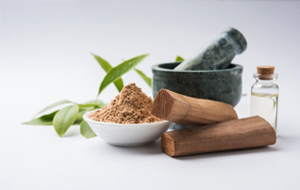 |
|
 |
|
 |
|
 |
|
 |
|
 |
|
Exfoliate once a week. Exfoliation benefits the skin by removing dead skin cells which help increase the penetration of these home remedies.
As many of these home remedies can be harsh on sensitive skin due to different acids they contain, applying them to large areas of your skin is necessary. Test and make sure that you don’t have any bad reaction.
Aside from these home remedies, depending on the areas darkened you can opt for many medical treatments such as creams (hydroquinone, tretinoin), chemical peels, dermabrasion, and laser therapy. But you only need to consider them if the darkened areas haven’t faded after delivery.
To conclude, pregnancy comes with lots of changes and one such change is melasma, a common skin condition in 90 percent of pregnant women. With the preventive measures and home remedies mentioned in the article, you can treat your melasma at home. So, sit back, relax, and enjoy your pregnancy calmly, mama-to-be!

Subscribe to Newsletter
Elevate your routine, stay on trend, and embrace a personalized beauty journey with our curated insights.





Write a Comment